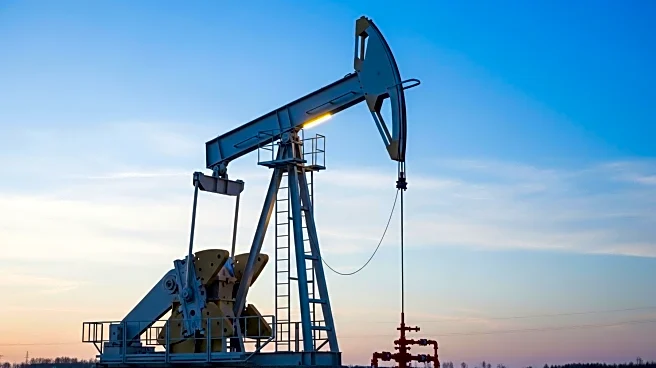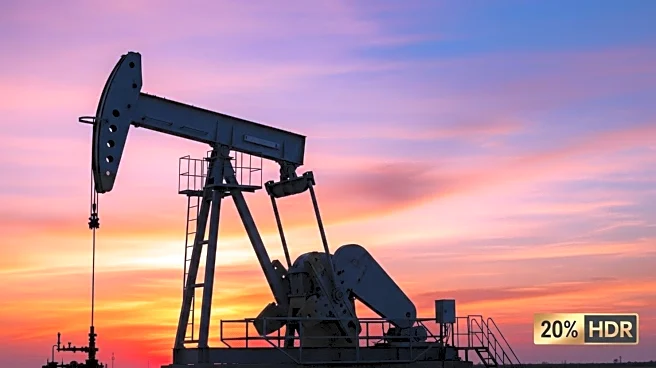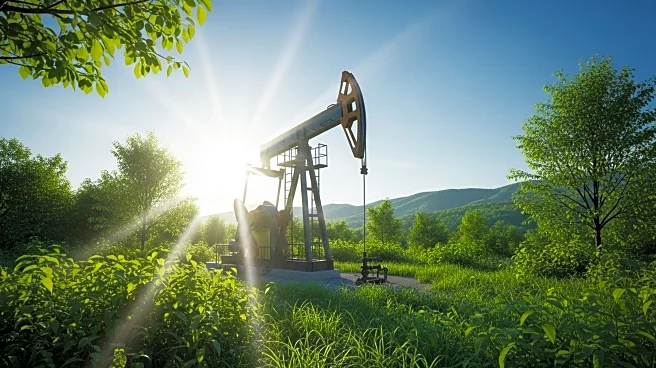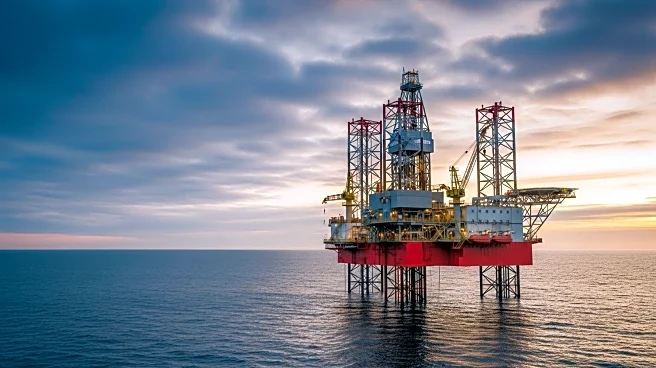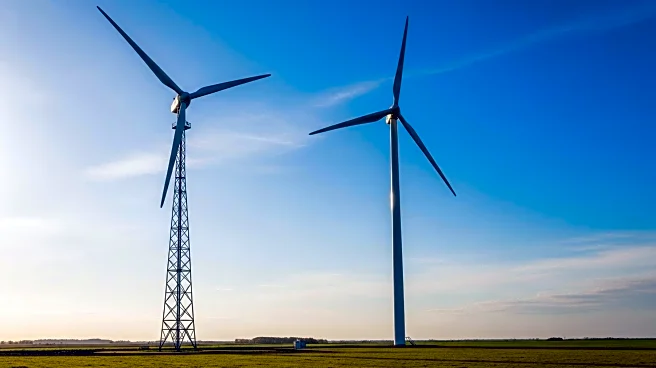What is the story about?
What's Happening?
A recent study by S&P Global Commodity Insights reveals that greenhouse gas emissions from the Permian Basin have decreased by nearly 20% since 2022, despite an increase in oil and gas production. The report attributes this reduction to advancements in methane detection and mitigation technologies, which have been integrated into daily operations. Between 2022 and 2024, emissions fell by 25 million metric tons of carbon dioxide equivalent, while production increased by 500,000 barrels per day. Methane intensity in the region has decreased by over 50%, thanks to improved monitoring systems, upgraded equipment, and the use of artificial intelligence in field operations. Kevin Birn, Head of the Center for Emissions Excellence at S&P Global, noted a fundamental shift in the basin, with more barrels being produced with fewer emissions.
Why It's Important?
The reduction in emissions from the Permian Basin is significant for the oil and gas industry, as it demonstrates the potential for sustainable production practices. This development could influence regulatory policies and encourage other regions to adopt similar technologies to reduce their environmental impact. The integration of real-time emissions data into operations has normalized methane management, potentially setting a precedent for other hydrocarbon-producing areas. The decrease in emissions while maintaining high production levels could also enhance the industry's reputation and address environmental concerns, potentially leading to increased investment and support from stakeholders.
What's Next?
The continued adoption of advanced technologies and practices in the Permian Basin may lead to further reductions in emissions, setting a benchmark for other regions. Stakeholders, including policymakers and environmental groups, may push for broader implementation of these technologies across the industry. Additionally, companies operating in the basin might face increased scrutiny to maintain or improve their environmental performance, potentially influencing future regulatory measures and industry standards.
Beyond the Headlines
The shift towards more sustainable production practices in the Permian Basin could have long-term implications for the global oil and gas industry. As environmental concerns become more prominent, the ability to produce energy with reduced emissions may become a competitive advantage. This trend could also drive innovation in emissions management technologies, leading to new business opportunities and collaborations between tech companies and energy producers.
AI Generated Content
Do you find this article useful?
